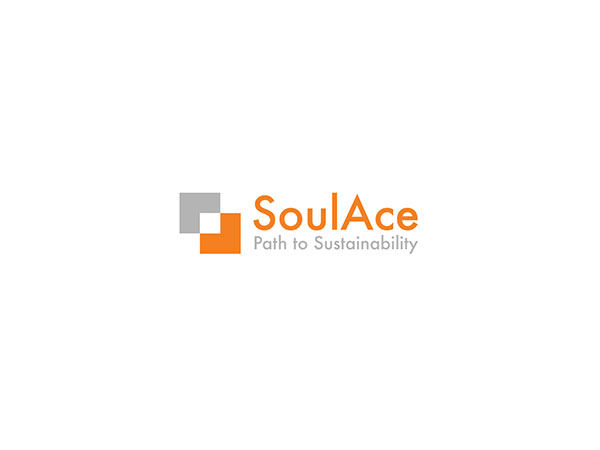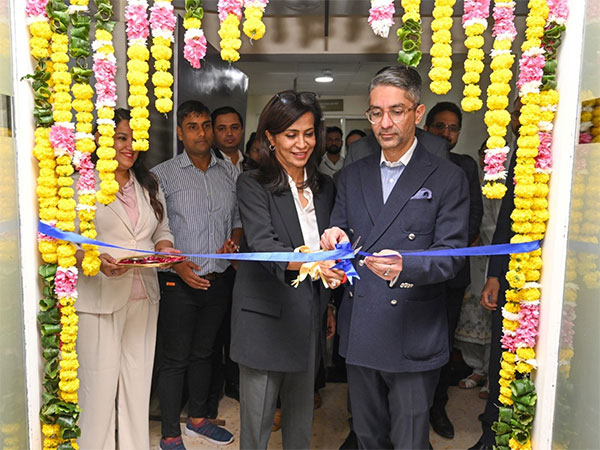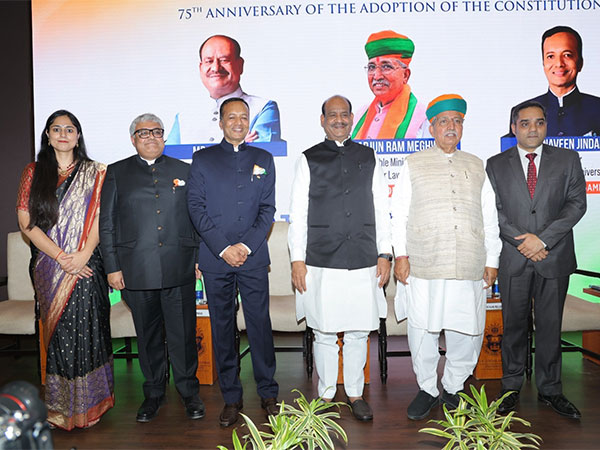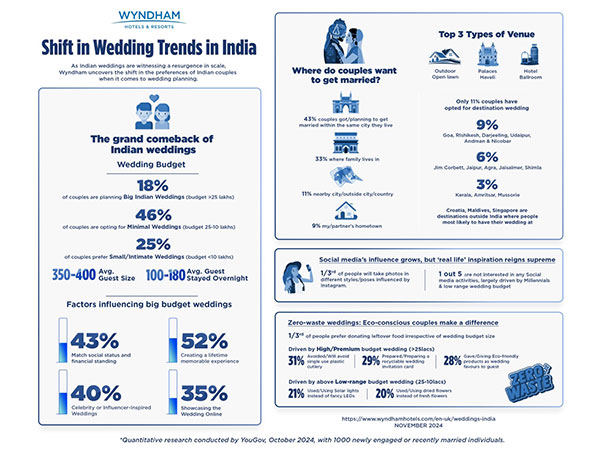
Over 100 Impact Assessment Studies Show CSR's Pivotal Contribution to India's Educational Framework. However, Some Gaps Remain: SoulAce
May 02, 2024
BusinessWire India
New Delhi [India], May 2: Establishing resilient school infrastructure, enhancing the quality of teachers, and driving community-driven literacy are some of the hallmarks of the CSR initiatives being spearheaded by Indian businesses across the country, according to a new research by SoulAce, India's leading CSR consulting and monitoring & evaluation firm.
The report - The Impact of CSR Programs on Delivering Education's Promise - is a result of over 100 impact assessment studies of CSR programs in education being spearheaded by over 80 leading public and private limited companies. These programs, being run in over 120 districts across 20 states in India, were targeted at migrant children, and children living in tribal areas, rural pockets and urban slums. They also covered children from public schools, low-income families and special children.
A large number of CSR programs were aimed at uplifting the quality of education and were pivotal in enhancing the overall educational experience, encompassing a wide range of initiatives. These include providing remediation support to address learning gaps, introducing innovative methodologies for enriched learning experiences, building the capacity of teachers through professional development, empowering school leadership for effective management, and undertaking whole-school transformations to foster a culture of learning and innovation in education.
For example, some of the CSR programs were aimed at reducing the gaps in students' learning and bringing them up to grade-level competencies. Here, the report highlights the following impact indicators:
* Improved Performance in Language: A 30 percent increase in the student's scores on grade-level assessment in the endline as compared to the baseline scores in language.
* Improved Performance in Mathematics: A 25 percent increase in the student's scores on grade-level assessment in the endline as compared to the baseline scores in mathematics.
* Increase in Learning Levels: 60 percent of students advanced by one or more learning levels in language and 43% of students advanced by one or more learning levels in mathematics.
"Despite significant strides in achieving universal education, especially through initiatives like the Sarva Shiksha Abhiyan (SSA) and the Right to Education Act (2009), challenges persist, particularly in rural government schools. CSR programs in education have been instrumental in uplifting the quality of education and enhancing the overall educational experience, encompassing a wide range of initiatives.
Over the last 10 years, corporate India has risen to the occasion to support education initiatives that are both conventional and innovative," says Adarsh Kataruka, Managing Director, SoulAce.
The report, dotted with more than a dozen case studies and over 100 data points, also highlights other significant impact indicators such as hygiene and sanitation, conducive learning space, increase in learning levels, teacher capacity building, and digital education programs.
* 100 percent of the schools across the interventions were found to have functional and clean toilets besides running water and handwashing facilities.
* 45 percent of the intervention schools, where additional classrooms were built, achieved an ideal student-to-classroom ratio.
* 60 percent of the schools had improved ventilation and lighting, and 100 percent of the schools had improved electrification and availability of lights/fans; and
* 75 percent of the schools had resilient heat and rainproofing.
Tracing the Gaps in CSR Education Initiatives
"During the course of our research and impact assessments of CSR programs in education, we discovered long-prevailing regional disparities besides programmatic and content-related gaps. These are largely a result of insufficient stakeholder engagement, fragmented implementation, and reluctance to go beyond certain regional confines. To make CSR initiatives more inclusive, both policymakers and corporate stakeholders will have to broaden the definition of CSR and actively engage with communities living on the fringes in the eastern and north-eastern parts of the country," says Adarsh Kataruka, Managing Director, SoulAce.
Following are some of the Programmatic and Content-related gaps that the report highlights:
Programmatic Gaps
Insufficient stakeholder engagement: Programs often lack meaningful involvement from key stakeholders, specifically parents, CBOs, and local government, during the planning and implementation phases. This can result in a lower sense of ownership and commitment to the success of the initiatives.
Fragmented implementation: Programs often operate in silos, focusing on specific areas such as infrastructure or scholarships, without integrating these efforts into a comprehensive educational strategy that addresses multiple dimensions of quality education. Whole school transformation programs can help address this fragmented approach.
Content-related Gaps
Low emphasis on teacher quality development: Professional development for teachers is sometimes overlooked in CSR initiatives. Content aimed at improving teaching methodologies, integrating technology in the classroom, and enhancing pedagogical skills is crucial for the overall quality of education.
Insufficient local and cultural relevance: Many CSR educational programs lay insufficient emphasis on incorporating local and cultural relevance, as seen in initiatives like spoken English and English language learning. Tailoring these programs to reflect the local context and culture can significantly improve engagement and effectiveness.
The report also notes that many CSR initiatives were instrumental in reducing the digital divide, providing resources ranging from computer labs and SMART classrooms to e-learning platforms and AI-driven educational tools. By enhancing digital access, these programs worked towards leveling the educational playing field, offering advantages such as flexible learning, personalized educational content, and broadened horizons for interactive and engaging learning experiences. These efforts not only sustained educational continuity during disruptions like the pandemic but also fostered a more inclusive and technologically adept learning environment for all students.
(ADVERTORIAL DISCLAIMER: The above press release has been provided by BusinessWire India. ANI will not be responsible in any way for the content of the same)






